During our annual summer holidays in Slano we have often made day trips, discovering several secret places in the surroundings of Dubrovnik, but also in Bosnia & Herzegovina.
Visiting the Neretva Delta, a rather unknown part of the Croatian coast, has always been high on our bucket list. After the opening of the Pelješac Bridge on July 22nd, it is much easier to explore the area north of Neum, as there is no need to pass the Bosnian border (which may take two hours in the summer season).
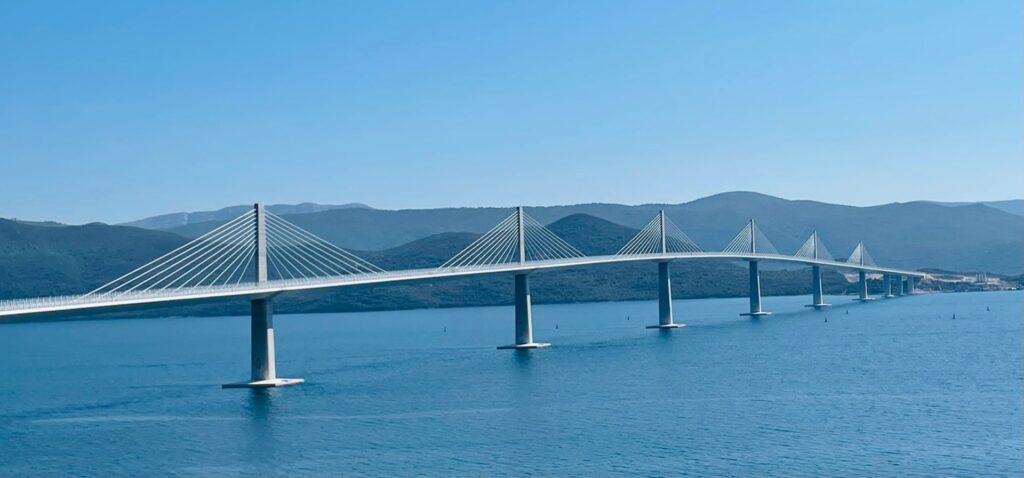
The opening of the Pelješac Bridge (Pelješki most in Croatian) was, first of all, greeted by the locals who have spent many years waiting at Bosnian borders to travel from one part of their country to another as a result of the dissolution of Yugoslavia. On that occasion, Bosnia got its access to the sea, called the Neum corridor, but this effectively cut ca. 90,000 Croatian residents in and around Dubrovnik. The new bridge cuts travel time along the Adriatic coastline by around 40 minutes (off-season), thus improving people’s lives, but also providing a smooth movement of tourist and commercial traffic.
The Pelješac bridge, 2.4 km long, is the largest ever EU investment in infrastructure in Croatia. The cost of the construction works, carried out by a Chinese company, was 420 million euro, to which the EU contributed by allocating 357 million euro. The construction lasted 4.5 years, from 2018 until now.
It was such a fantastic experience to pass this impressive bridge from Brijesta (Pelješac) to Komarna! Two parking lots at both ends of the bridge offer a great view of the landscape and indeed, we were not the only ones to make a photo stop.
The road continues along the Neretva Delta to Ploče and the Croatian highway. It offers wonderful views of picturesque orchards (in particular tangerines), vineyards and vegetable gardens. We saw many fruit stalls along the road, selling all kinds of home-made products. By the way, the delta is a unique landscape and a wetland that is listed under the Ramsar Convention (more than 300 bird species are living in this area).
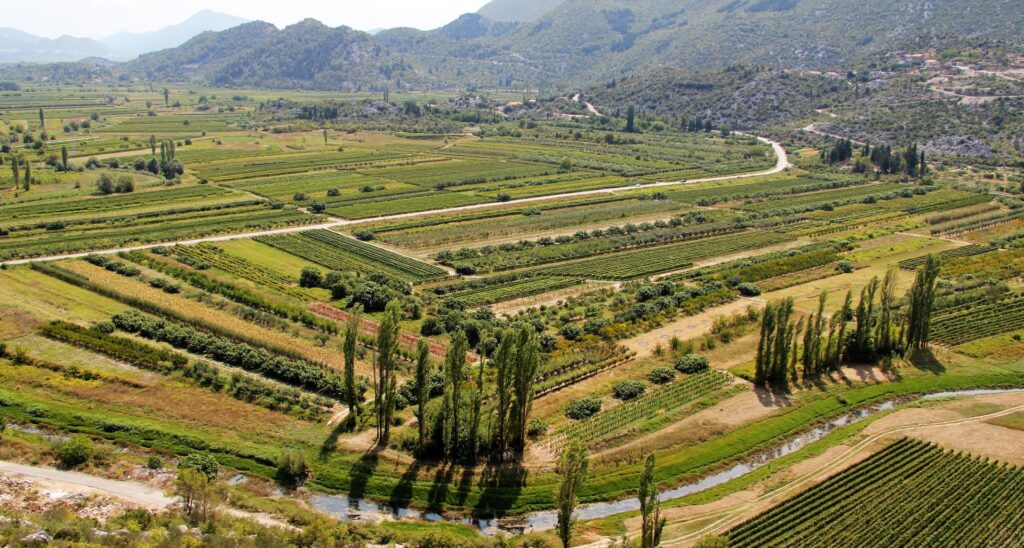
What do we know about Neretva’s history? In the times of the Roman Empire, the Neretva River was an important trading route connecting Narona, the second largest Roman city on this side of the Adriatic, with other parts of the Empire. Nowadays, its flow through Croatia is only 20 km long.
And what about the Delta? Around 70 years ago the delta was partly dry wasteland and partly marshland. Then people started to cultivate the land. They built many drainage canals, and observed from the air (or even from the road above), these canals form a real labyrinth. Some parts of the land are accessible only by boat.
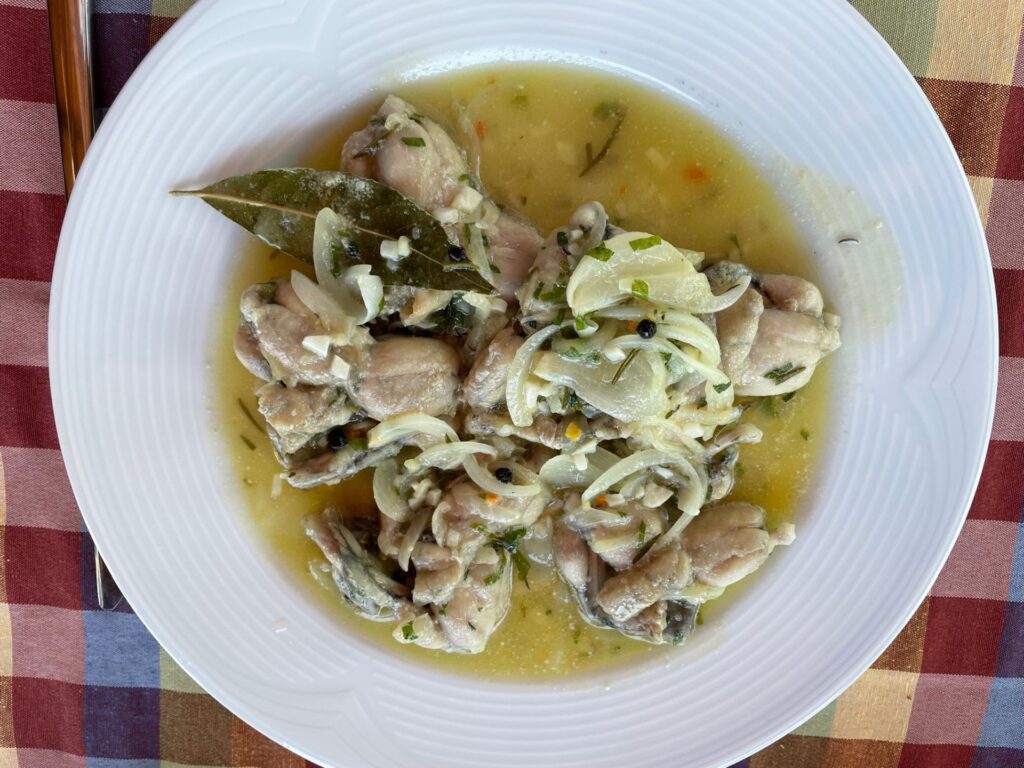
The Neretva Delta is also famous for its gastronomy. People living in the delta some 100 years ago were poor, so they had to be very creative to make their food tasty. Well-known local specialties include eels and frogs. In particular, “brodetto” made of frogs and eels is a famous local dish. If you want to try it, you can eat it in diverse traditional restaurants in Opuzen (10 km from the coastal road) and surroundings.
But not all parts of the delta are cultivated. We explored the eastern part of the valley, which consists of wetlands with narrow canals and reed fields. Although the nearby Adriatic coast is overcrowded, this region is quiet and undiscovered. A good choice if you want to escape the crowds for an hour or two!
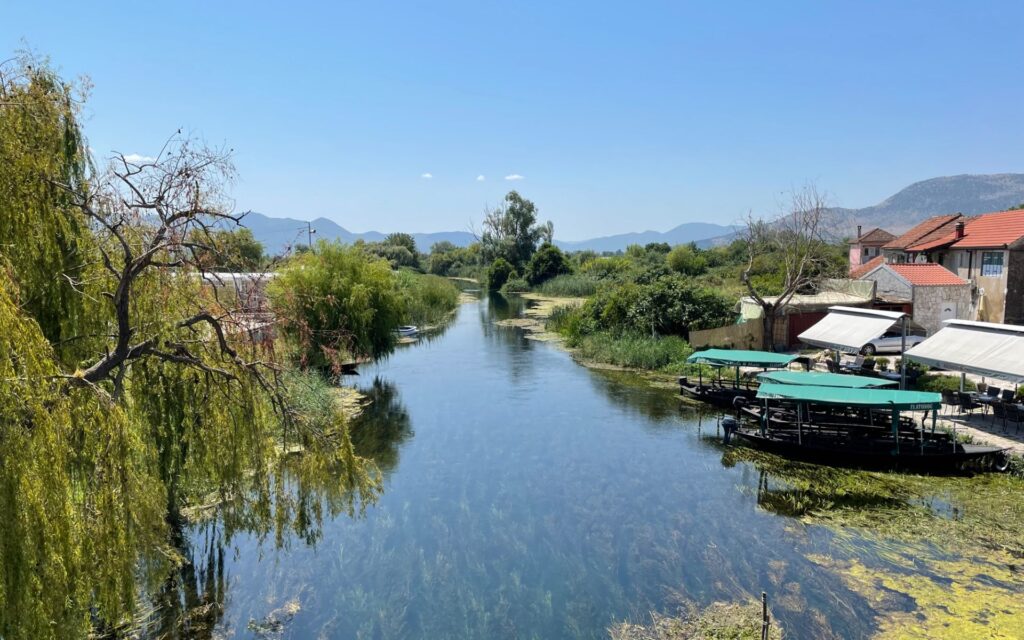
It was a special experience to visit the village of Vid, 4 km northwest of Metković. It is not only a picturesque village with a big church on the top of the hill, but it also contains the remains of the Roman city of Narona.
By the way, next to the church is an interesting monumental sculpture called “Archers of Domagoj”. It was made by the famous sculptor Ivan Meštrović and it represents the Croatian prince Domagoj, who ruled the coastal part of Croatia in the 9th century.

But let me tell you something about Narona, a town that was founded in the 3rd/2nd century BC by the Greeks, along the river bank of the Neretva River, which was then called Naron. The town flourished after the founding of the Roman province Dalmatia during the reign of the first Roman emperor Augustus. At that time, a temple dedicated to Augustus was built next to the central town square – Augusteum.
The Narona Archeological Museum, the first “in situ” museum in Croatia was built on the site of this ancient temple. It displays a unique collection of antique marble statues of Roman emperors made between the 1st century BC and the 1st century AD.
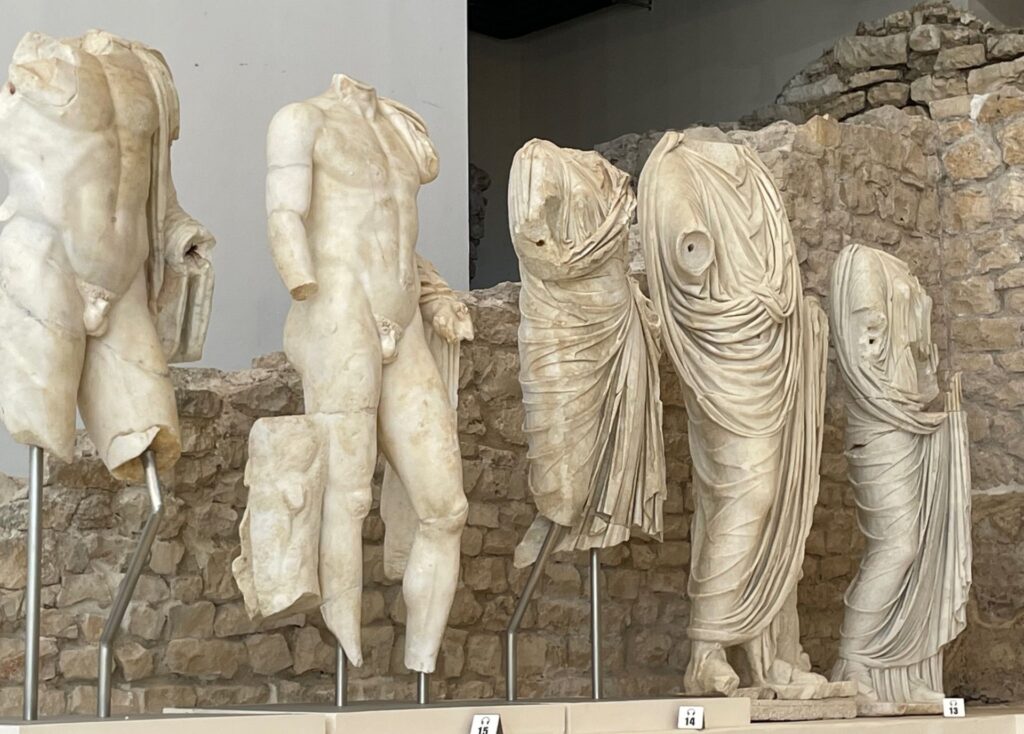
By the way, it was interesting to see that the heads of most of the statues are missing, but those of Vespasian and Livia still survive. The head of Livia was acquired by the British archaeologist Sir Arthur Evans in 1878 (the story goes that it was sold to him by a peasant, who got Evan’s half-cylinder for it…). But the head was reunited with its body at an exhibition in Oxford, in 2004. However, the remaining statues were vandalized, i.e. beheaded, in the 4th century when Christianity replaced paganism as the official religion of the Roman Empire.
The museum also contains around 900 other finds: sculpture fragments, coins, metal and bone artefacts and pottery, telling the story about this city back to the end of the 3rd century BC.
After visiting the museum, I could not help thinking of another Roman city in Montenegro – Doclea, where further archeological research might also result in a similar “in situ” museum…if the government would provide the reuired financial means!
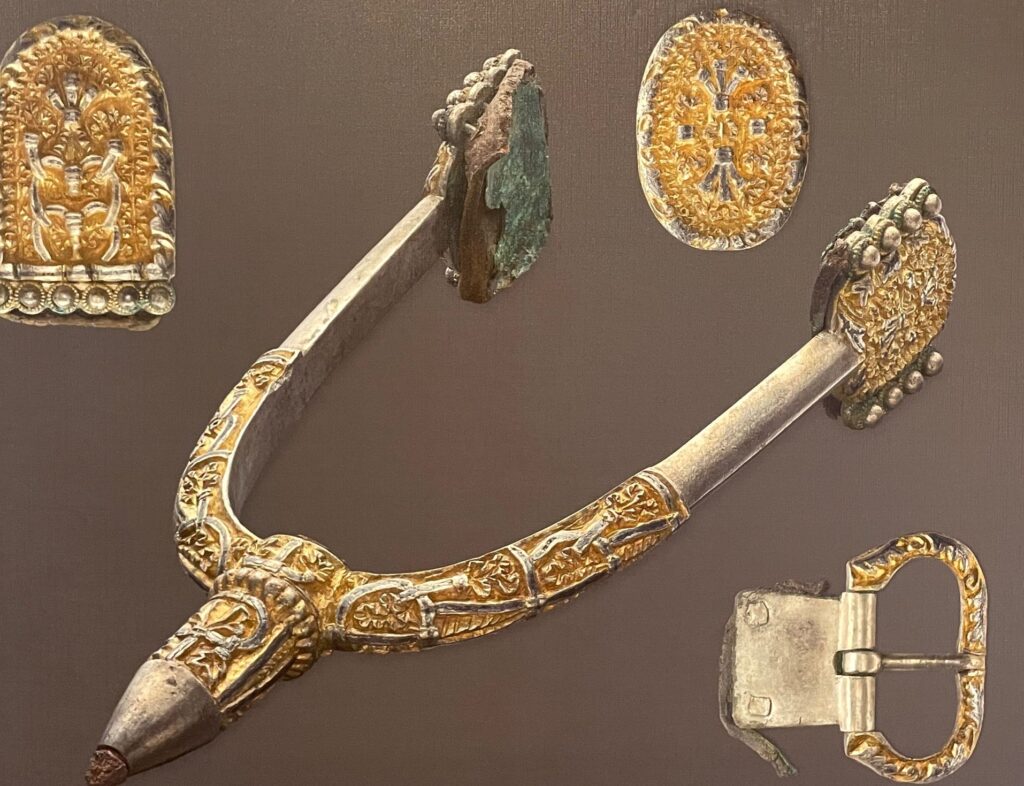
We continued our trip through the wetlands and soon arrived at Kuti Lake, directly on the border with Bosnia & Herzegovina and close to Opuzen, We had lunch in the national restaurant Žabac and what did we eat? Of course, “žabe na kapuli” or frogs on onions. Maybe some people don’t like the idea of eating frogs, but I can assure you: they are quite tasty and remind you of chicken legs.
Kuti Lake is somehow secluded and there is an interesting legend about this place. Although nobody knows the exact location of the city of Troy, some locals swear that they saw some stone walls in the mud of this shallow lake and so the theory about the city of Troy being in the Neretva Delta was born. Some people even believe that the ancient city of Narona was the real Troy.
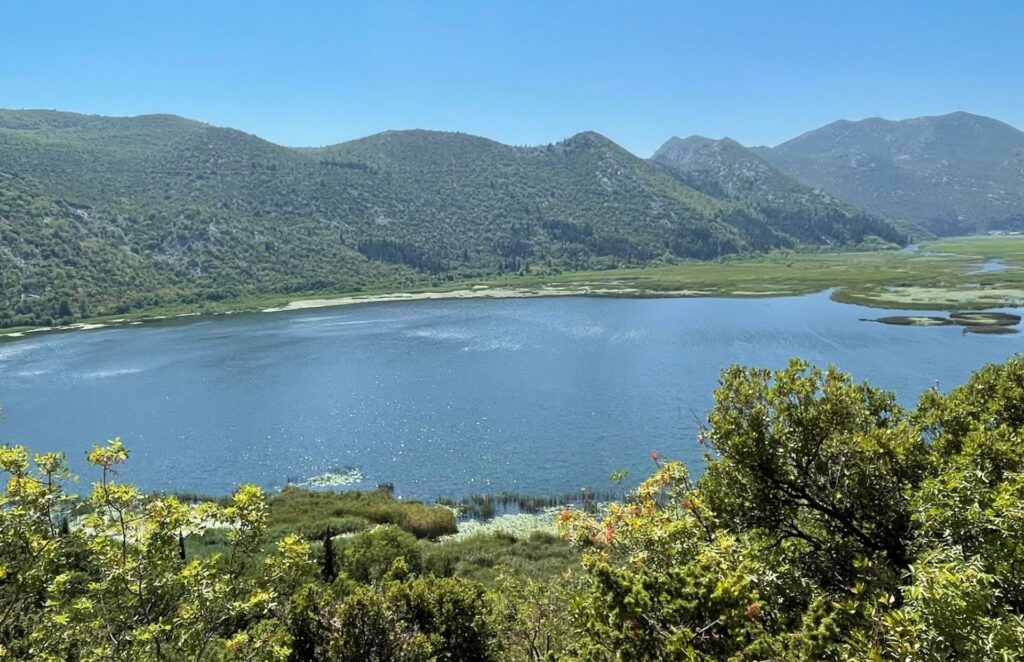
Continuing our trip, we soon reached the crowded coastal road and we returned to Slano, enjoying the drive over the Pelješac Bridge once more.
This is a road trip I would recommend to those culture and nature lovers who are spending their vacation in the Dubrovnik area. If you want to enjoy a special day in a rather unknown region, make this day trip and enjoy the beauty of the Neretva Delta!
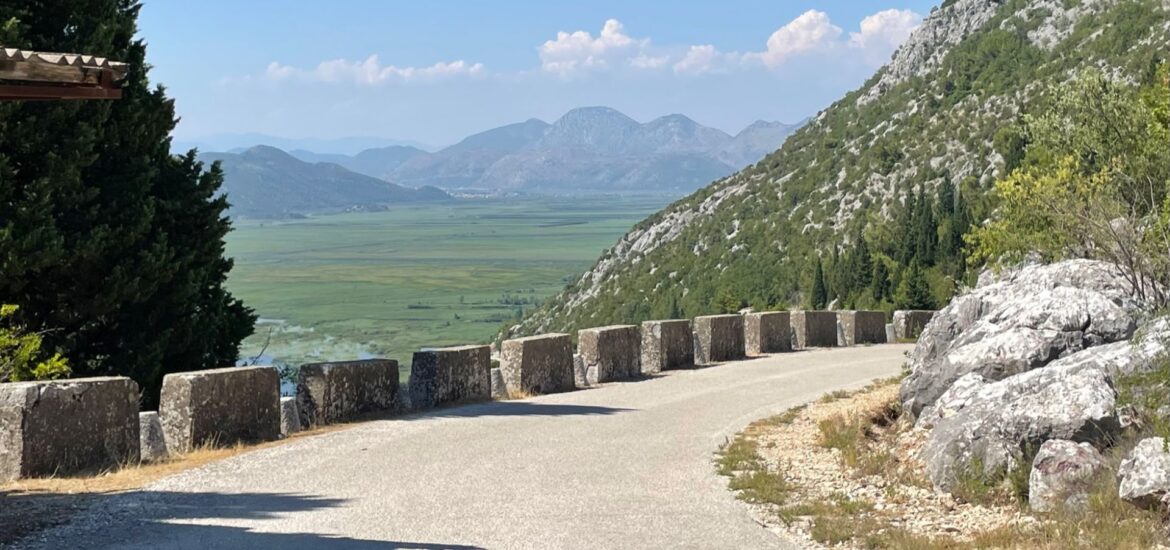
Interesting and great to see that the bridge is open now, it it will make a big difference in travel time!